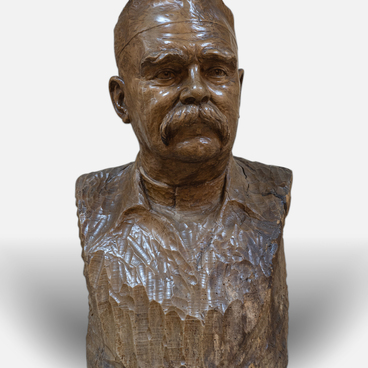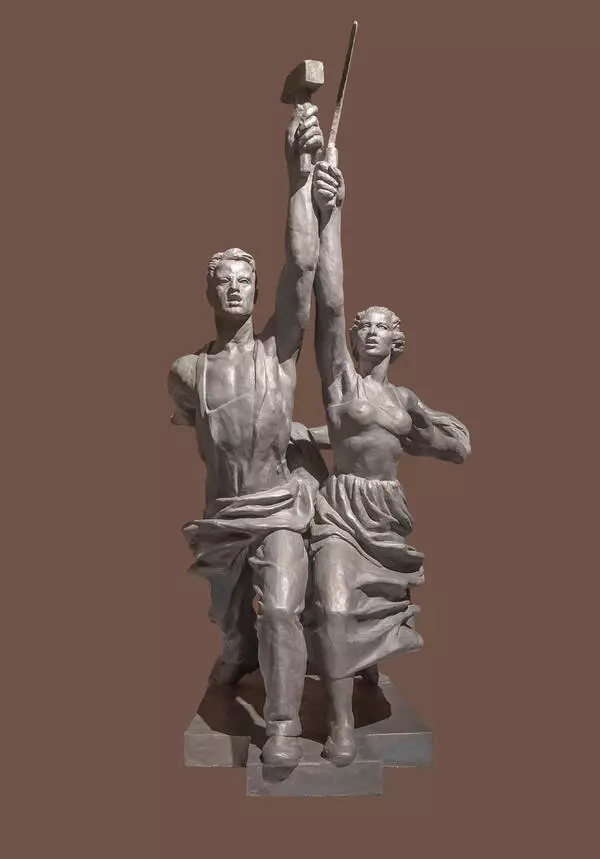In the early 1930s, the Soviet government decided to transform Sochi, which was then a small town on the Black Sea coast of the Caucasus. With Mediterranean and Alpine resorts inaccessible to Soviet citizens, the authorities aimed to develop domestic resorts in the Crimea and the Caucasus as alternatives.
One of the city’s important cultural sites is the Winter Theater, located on a small hill near the seashore. Its architect, Konstantin Nikolayevich Chernopyatov, was a young specialist who created a true architectural gem in the neoclassical style. The construction of this grand and unusually complex structure began in September 1934 and was completed in November 1937, with its grand opening taking place on May 15, 1938.
The Winter Theater resembles the ancient Greek
Parthenon in appearance and has two facades: one facing Kurortny (formerly
Stalin) Avenue, and the other oriented towards the seashore. It is on this
second pediment that three allegorical figures are installed: “Painting” (on
the right), “Architecture” (in the center), and “Sculpture” (on the left). The
sculptures were created by the famous Soviet sculptor Vera Ignatyevna Mukhina
(1889–1953), and the museum displays the initial plaster models cast in her
workshop. There are several stories associated with these sculptures. One
assumption is that they can be identified with the images of the ancient Greek
muses Terpsichore (dance), Melpomene (tragedy), and Thalia (comedy), but a
closer look reveals differences in their execution. For example, each figure
holds specific objects in her hands: “Painting” carries a palette with the
state symbols of the USSR and a brush, “Architecture” holds a T-square and a
drawing board, while “Sculpture” was previously equipped with a stack, which is
now lost. The exact relation of these sculptures to the Winter Theater remains
a mystery. According to one version, Mukhina was preparing the sculptures for
another building, which now houses the Art Museum.





